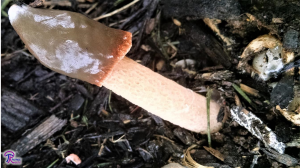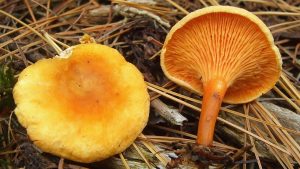#194: Spathulariopsis velutipes
Spathulariopsis velutipes is an odd little mushroom that looks like a spatula or a canoe paddle, though perhaps in a half-melted kind of way. Its common names include “velvety fairy fan,” “velvet foot Spathularia,” and variations on those. This ascomycete is an earth tongue look-alike (ETLA)* that is easily differentiated from similar mushrooms thanks to its unique shape and the strikingly different colors and textures of its head and stipe. I always enjoy finding this mushroom because of its unique appearance.

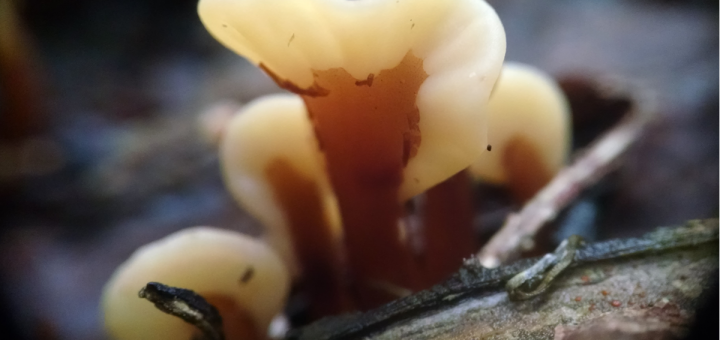
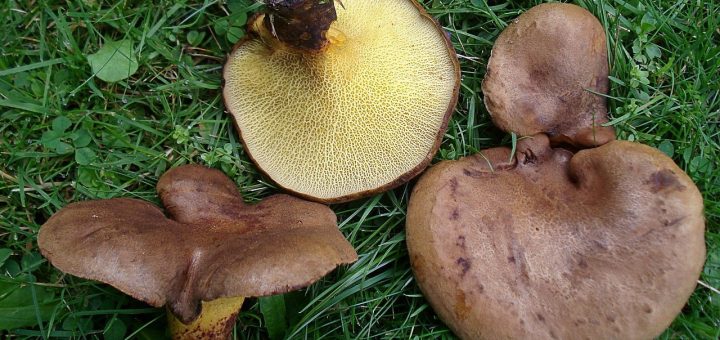
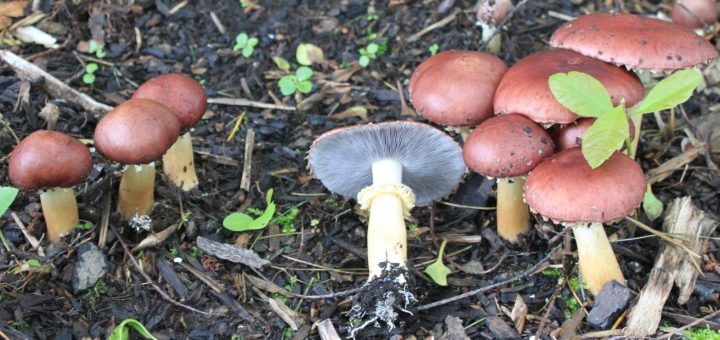
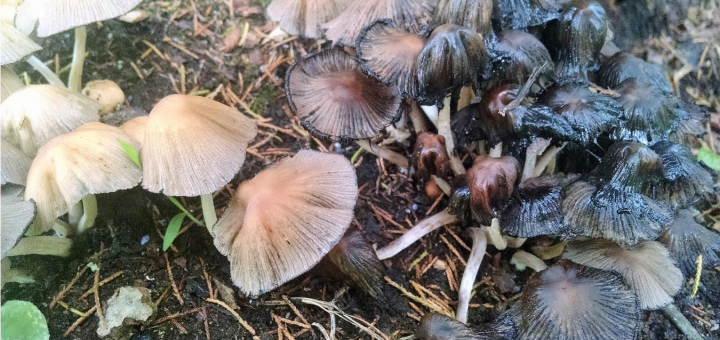
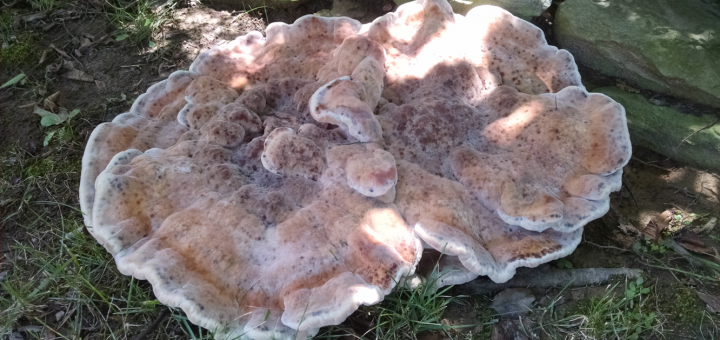
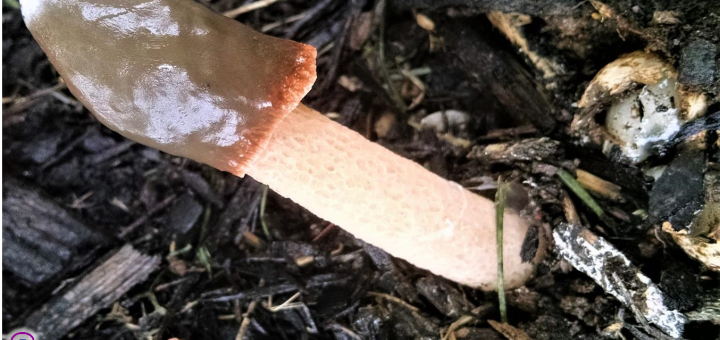
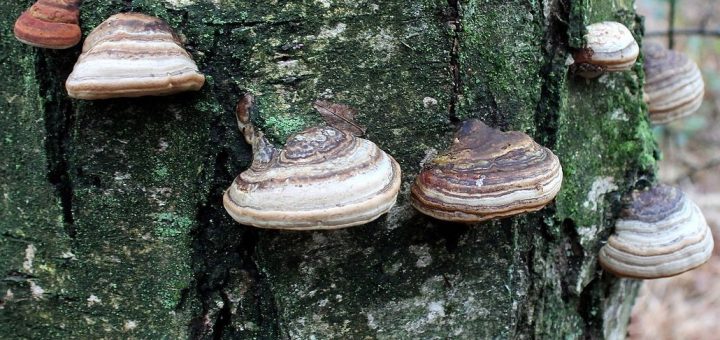
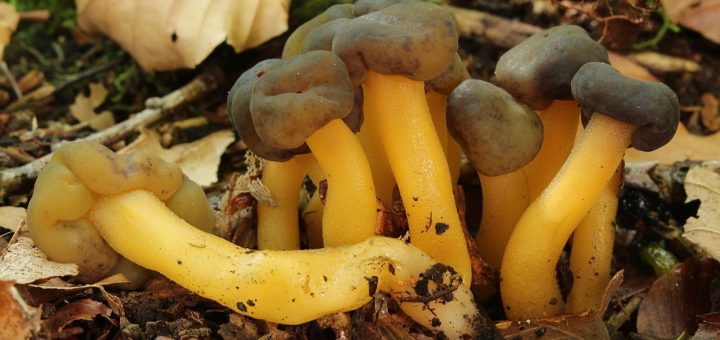
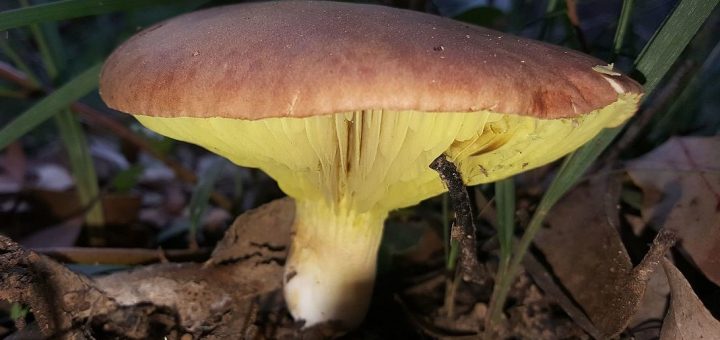
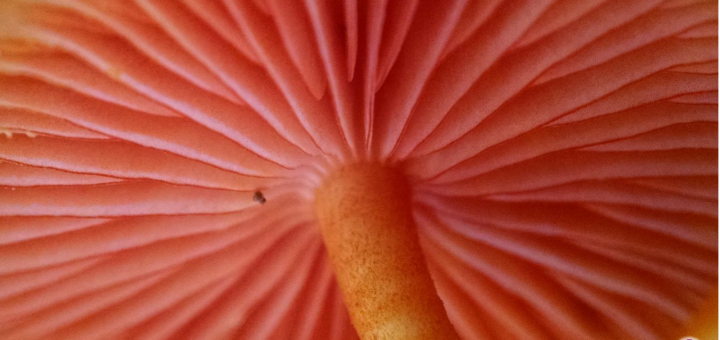





![#011: Characteristics of Kingdom Fungi [Archived]](https://www.fungusfactfriday.com/wp-content/themes/hueman/assets/front/img/thumb-small-empty.png)

